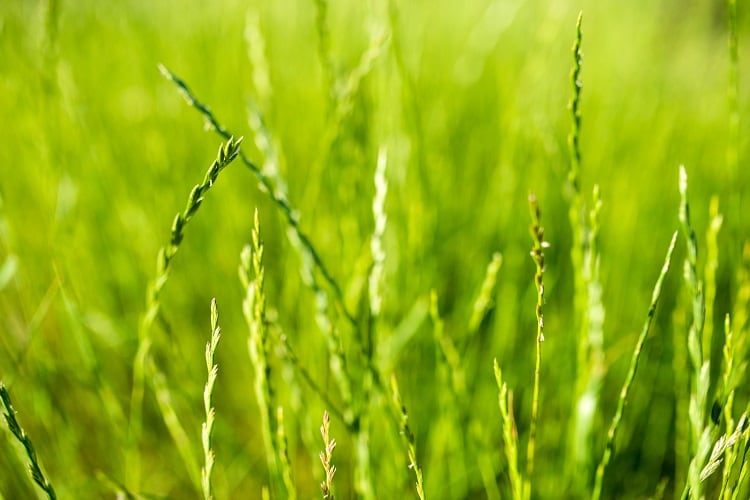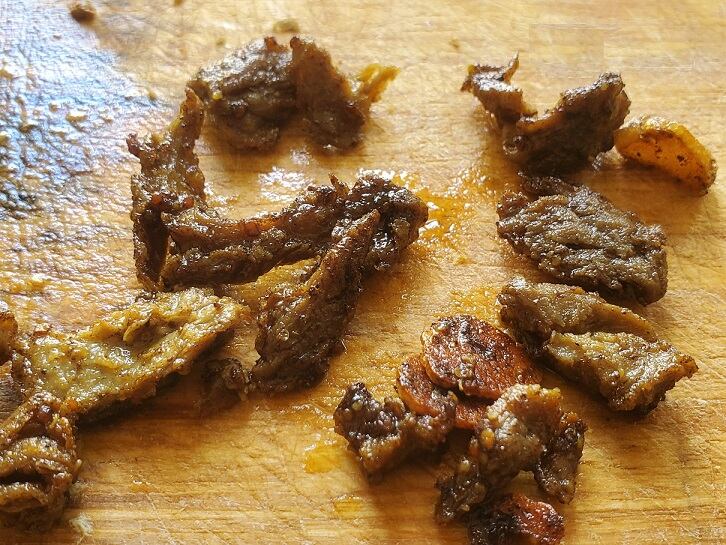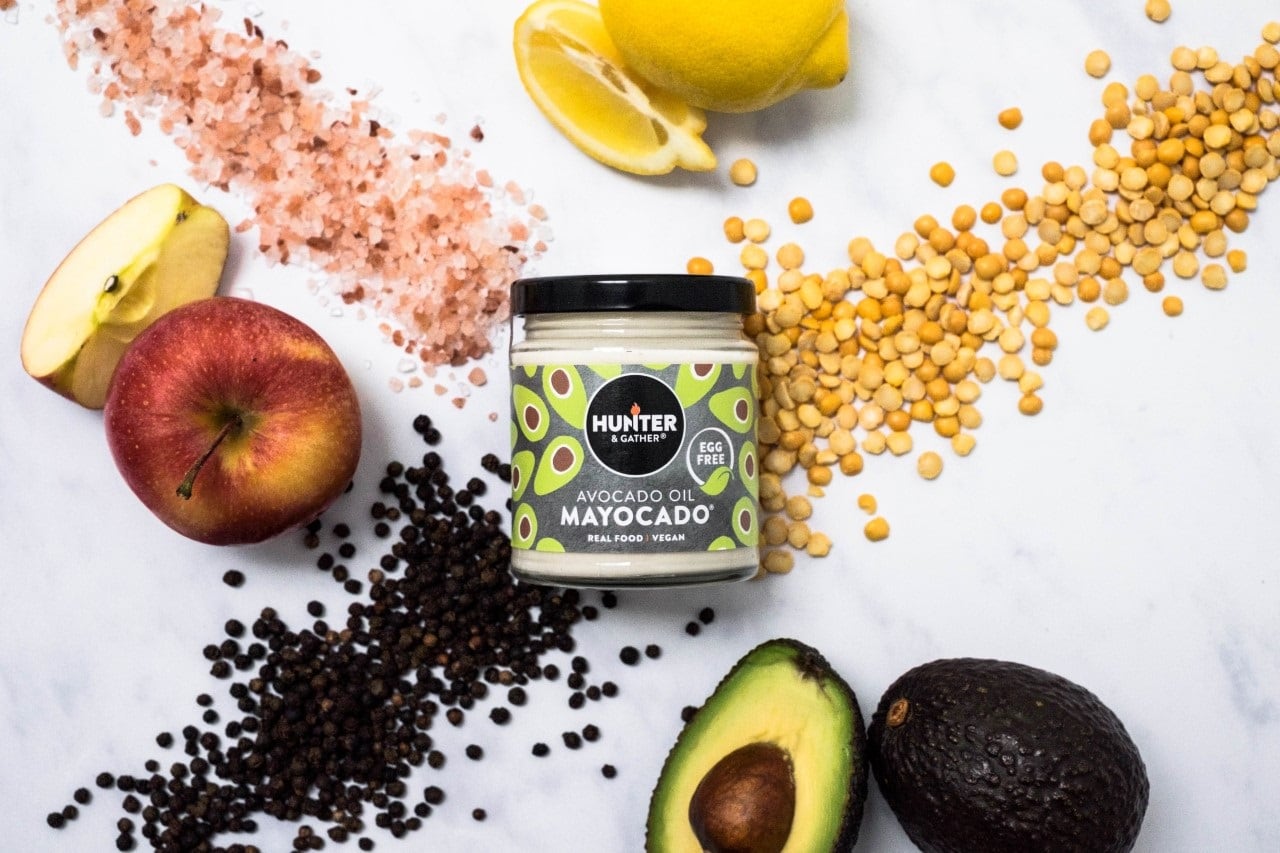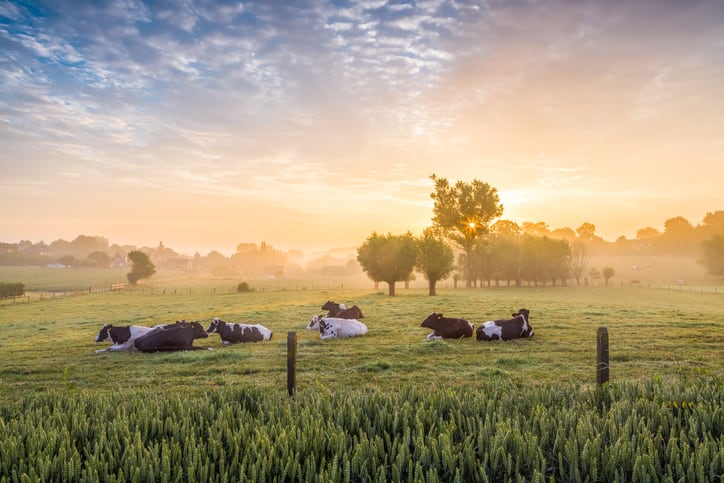With growing population numbers and increased demand for all things plant-based, could an environmentally friendly protein for human consumption be right under our…feet?
Grass need not be for ruminants only, say researchers from DTU’s National Food Institute and Aarhus University in Denmark, who have developed a method of converting the environmentally-friendly crop into an edible ingredient.
Protein extraction
Grass contains a very high fibre content, which is no issue for four-stomached ruminants. However, humans are unable to metabolise grass in its natural form.
The researchers have developed a protein extraction method which involves passing the grass through a dewatering press, which acts similarly to a large-scale juicer. This separates the raw material into two parts: dry matter high in fibre that can be used to feed livestock; and a high-protein fluid.
The protein is then separated from the fluid, leaving a protein powder. According to the researchers, this powder costs ten times more per kilo than its price as feed. Of course, the dry matter can still be sold as feed, which DTU says “makes the concept relatively profitable and even more sustainable”.
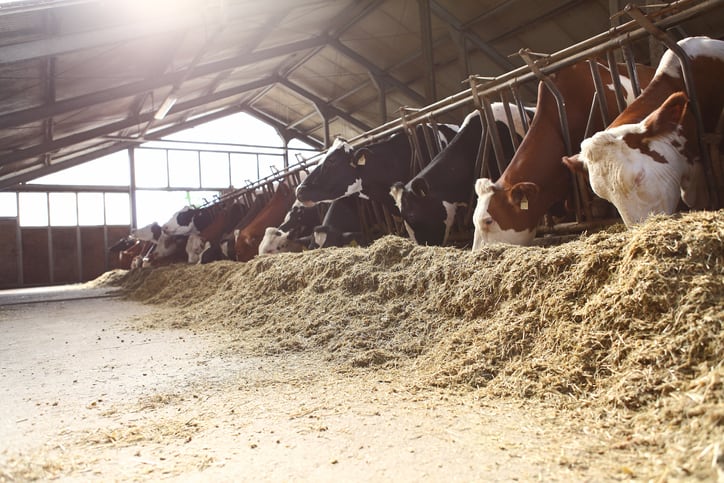
Nutrition and taste
Grass protein powder has a similar amino acid profile to that of soya, eggs, and whey. However, grass does not need much fertiliser and overall has a ‘significantly lower’ impact on the environment and climate.
Ryegrass in particular is rich in the ‘right amino acids’, claims the university: “The most important quality parameter for proteins is the amino acid composition. Therefore, not all protein sources are good substitutes for protein sources from animal such as meat, eggs, and milk.
“Grass has turned out to be a good protein source as the amino acid composition in the protein concentrate from ryegrass etc. is very beneficial.”
From a taste perspective, grass is not very appetising. In fact, the crop can be bitter in large quantities. Yet, DTU has developed protein bars containing 10% grass protein “without people disliking the taste”, it said.
Further, the bitter taste can be masked my aromatic ingredients, such as liquorice, ginger, honey, and peanut butter. When the researchers manage to further reduce the natural taste and colour of grass protein, it is expected the powder can be applied to a wider range of foods.
“The ambition is that research from the National Food Institute can make the utilisation of grass profitable. It must be able to compete with cheap products such as soya. It should be cheap to buy, offer good functionality in the foods, and it must be tasty.
“The idea is that we will eat many products based on grass. In particular, the market seems to be big among young consumers who, fortunately, pay great attention to the environment and sustainability” – DTU’s National Food Institute professor Peter Ruhdal Jensen
Novel food application
As a novel food, grass protein must by approved by the European Food Safety Authority (EFSA) to ensure the powder is safe to eat.
The National Food Institute is responsible for studying the nutritional content of the grass protein, and any potential ‘unwanted substances’ that may be present – such as toxins and allergens. Therefore, the Institute plays an ‘essential role’ in the approvals process, according to the university, by contributing research-based documentation.
DTU’s National Food Institute professor Peter Ruhdal Jensen commented that his team sees it is important job to facilitate the protein’s approval as a food ingredient. “In that way, the Institute contributes to us moving closer to a radical change in our eating habits – away from animal proteins that have an adverse impact on the environment and towards more sustainable alternatives.”


